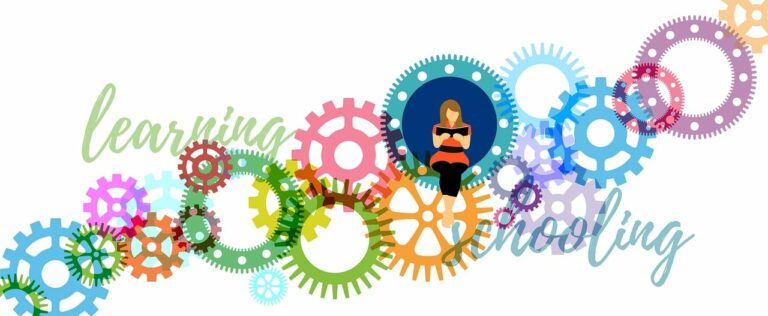Trends in Teacher Evaluation
lotus book 365, play exchange 99, all panel.com:As education continues to evolve, so too do the methods for evaluating teachers. It’s essential to regularly assess educators to ensure they are effectively teaching students and meeting the necessary standards. In recent years, there have been several trends in teacher evaluation that aim to improve the process and provide more meaningful feedback.
Observation and Feedback
One of the most significant trends in teacher evaluation is the shift towards more frequent observations and feedback. Rather than relying solely on annual evaluations, many schools are implementing regular check-ins and observations throughout the year. This allows administrators to provide teachers with timely feedback and support to help them improve their practice.
Peer Evaluations
Another trend gaining popularity is the use of peer evaluations. By having fellow teachers observe and provide feedback, educators can gain valuable insights from their colleagues. Peer evaluations can help foster a collaborative environment and encourage professional growth among teachers.
Use of Student Data
Schools are increasingly incorporating student data into teacher evaluations. By analyzing student performance data, educators can identify areas for improvement and tailor their instruction to meet the needs of their students better. This data-driven approach can help teachers track student progress and make informed decisions about their teaching methods.
Professional Development Opportunities
Many schools are now linking teacher evaluations to professional development opportunities. By identifying areas for growth during evaluations, educators can participate in targeted professional development to enhance their skills and knowledge. This personalized approach to professional development can lead to more effective teaching practices.
Focus on Student Outcomes
In addition to evaluating teachers based on their instructional practices, there is a growing emphasis on assessing student outcomes. Schools are looking at student achievement data to measure the impact of teachers on student learning. By aligning evaluations with student outcomes, educators can better track their effectiveness and make adjustments as needed.
Embracing Technology
Technology is also playing a significant role in teacher evaluation trends. Many schools are using digital platforms to streamline the evaluation process and collect data more efficiently. Online evaluation tools can help administrators track observations, provide feedback, and analyze performance data in real-time.
FAQs
Q: How often should teachers be evaluated?
A: The frequency of teacher evaluations can vary depending on the school or district. Some schools conduct evaluations annually, while others may opt for more frequent check-ins throughout the year.
Q: What criteria are used to evaluate teachers?
A: Teacher evaluations typically assess instructional practices, classroom management, professional development, student outcomes, and other relevant factors. Specific criteria may vary depending on the evaluation model used.
Q: How can teachers use evaluation feedback to improve their practice?
A: Teachers can use evaluation feedback to identify areas for growth, set goals for professional development, and make adjustments to their teaching practices. By reflecting on feedback and seeking support, educators can enhance their effectiveness in the classroom.







